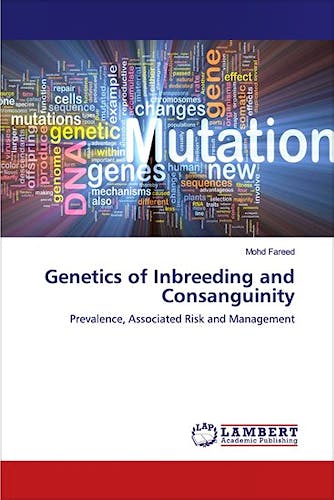

No hay productos en el carrito



Genetics of Inbreeding and Consanguinity. Prevalence, Associated Risk and Management
Fareed, M.
1ª Edición Enero 2019
Inglés
64 pags
200 gr
15 x 22 x 1 cm
ISBN 9786139446827
Editorial LAMBERT ACADEMIC PUBLISHING (LAP)
LIBRO IMPRESO
-5%
61,39 €58,32 €IVA incluido
59,03 €56,08 €IVA no incluido
Recíbelo en un plazo de
3 - 4 días
Inbreeding is the production of offspring from the mating or breeding of individuals or organisms that are closely related genetically. Inbreeding (consanguineous marriages among humans) increases the rate of production of homozygous offspring. The prevalence of consanguinity and the degree of inbreeding vary from one population to another depending on ethnicity, religion, culture and geography. Global epidemiological studies have revealed that consanguineous unions have been significantly associated with increased susceptibility to various forms of inherited diseases. Homozygosity or autozygosity mapping is a powerful tool, capable of searching for genomic variants among small, isolated or endogamous populations. We recommend pre-marital genetic counselling for younger couples to understand the associated risks with consanguineous marriages and take necessary steps for raising their families. Furthermore, embryonic gene editing technologies would be of great help for affected families. This monograph briefly highlights the prevalence of consanguinity, associated risks and management strategies, which would help doctors, clinicians, academicians, researchers and general public.
© 2025 Axón Librería S.L.
2.149.0